Unveiling the Evolution of Perfume History Through Vintage Ads

From poetic descriptions to dynamic visuals, perfume advertising has evolved alongside societal shif…….
Your Digital Vibe for Perfume History in Karachi, Pakistan
Remain linked with the up-to-date Perfume History news and trends on perfume-history.karachi-pakistan.com. Explore specialized content.
Perfume history is a captivating narrative that traces the evolution of scent as an art form, a cultural phenomenon, and a significant industry. It encompasses the rich tapestry of fragrances created and worn throughout human history, reflecting societal changes, technological advancements, and aesthetic trends. This article delves into the intricate world of perfume history, exploring its global impact, economic significance, technological innovations, regulatory frameworks, and future prospects. By understanding this historical context, we gain insights into the present-day perfume industry and its potential trajectory.
Perfume history, in its essence, is a study of how human societies have harnessed and appreciated the power of scent over millennia. It involves the examination of aromatic substances, their extraction methods, and the cultural practices surrounding their use. This historical narrative can be divided into several key periods, each characterized by unique fragrance preferences, production techniques, and societal influences:
Perfume history is a truly global phenomenon, with each region contributing unique aromatic traditions and influences. Here’s an overview of some key trends and international impacts:
| Region | Unique Fragrance Traditions | Influential Houses/Brands |
|---|---|---|
| Middle East | Amber, oud, and saffron-based fragrances are renowned for their richness and depth. | Amouage, Al Haramain, House of Oud |
| Europe (France) | Floral and fruity notes with a focus on natural ingredients. Known for high-end, artisanal perfumery. | Chanel, Guerlain, Diptyque |
| Japan | Clean, fresh scents inspired by nature, often incorporating traditional Japanese elements. | Shiseido, Nikka, Parfums de Marly |
| United States | A mix of European and East Asian influences, with a focus on versatility and modern aesthetics. | Marc Jacobs, Tom Ford, Estée Lauder |
| India | Spicy, woody blends with notes of cardamom, clove, and sandalwood, reflecting the country’s rich cultural heritage. | Amouage (Indian-originated house), Montale |
These regional variations have not only shaped local perfume markets but also influenced global trends. For instance, the popularity of oriental fragrances in the Middle East has resonated worldwide, while Japan’s emphasis on natural ingredients has inspired similar movements in the West. The international appeal of niche perfumery, with its focus on unique, handcrafted scents, is another testament to the diverse and dynamic nature of perfume history.
The perfume industry is a significant global economic sector, generating billions of dollars annually. Several factors contribute to its economic importance:
Technological innovations have played a pivotal role in shaping perfume history, from extraction methods to fragrance composition. Here are some significant advancements:
The perfume industry is subject to various policies and regulations aimed at ensuring product quality, safety, and consumer protection. These include:
Despite its rich history and global appeal, the perfume industry faces several challenges and criticisms:
Chanel’s iconic fragrance, Chanel No. 5, is a testament to the enduring appeal of perfume history. Introduced in 1921, it has stood the test of time, remaining one of the best-selling perfumes globally. Its success can be attributed to several factors:
The rise of niche perfumery is a modern phenomenon that challenges traditional perfume marketing and distribution models. Niche houses focus on handcrafted, unique fragrances, often with limited production runs. Here’s how they have reshaped the industry:
The perfume industry stands at an exciting crossroads, with several emerging trends shaping its future:
Perfume history is a captivating narrative that reflects human creativity, cultural diversity, and our enduring fascination with scent. From ancient aromatic rituals to modern technological advancements, the industry has evolved while retaining its essence. As we look ahead, the perfume world stands on the brink of exciting developments, from sustainability initiatives to personalized fragrances. By understanding its rich history and embracing emerging trends, the industry can continue to captivate and inspire future generations of scent enthusiasts.
Q: What are some popular ingredients used in perfumes?
A: Popular ingredients include essential oils derived from flowers (e.g., rose, jasmine), fruits (lemon, bergamot), spices (cinnamon, cardamom), resins (sandalwood, amber), and synthetic compounds that mimic natural aromas.
Q: How do I choose a perfume that suits me?
A: Consider your personal preferences, skin type, and occasions for wearing. Experiment with different fragrances, read reviews, and seek advice from experts or perfumers to find a scent that resonates with you.
Q: Are there any famous perfume designers known for their unique styles?
A: Absolutely! Iconic perfumers like Jean-Paul Guerlain, Ernest Daltroff (of Parfums de Marly), and Francis Kurkdjian have left indelible marks on the industry with their signature styles and innovative compositions.
Q: How does climate change impact perfume production?
A: Climate change can affect the availability of certain ingredients, as plant materials may require specific environmental conditions to thrive. It also influences the scent profiles, as warmer temperatures can alter the longevity and intensity of fragrances. Sustainable practices aim to mitigate these impacts.
Q: Can you explain the difference between natural and synthetic fragrances?
A: Natural fragrances are derived from plants, flowers, or animal sources through extraction methods. Synthetic fragrances, on the other hand, are created in laboratories using chemical compounds, offering a broader range of scent possibilities and improved consistency.

From poetic descriptions to dynamic visuals, perfume advertising has evolved alongside societal shif…….

Perfume history, spanning millennia, is a rich tapestry woven with natural ingredients, evolving fro…….
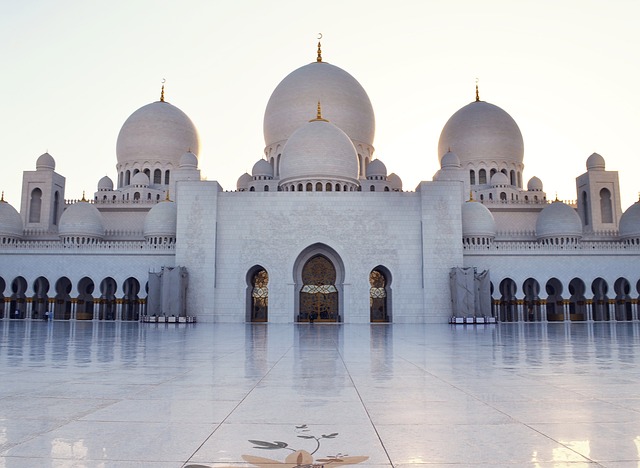
Perfume and fragrance have captivated humanity for millennia, playing significant roles across cultu…….

From ancient Egypt to the Renaissance, fragrance history has been intertwined with human society for…….
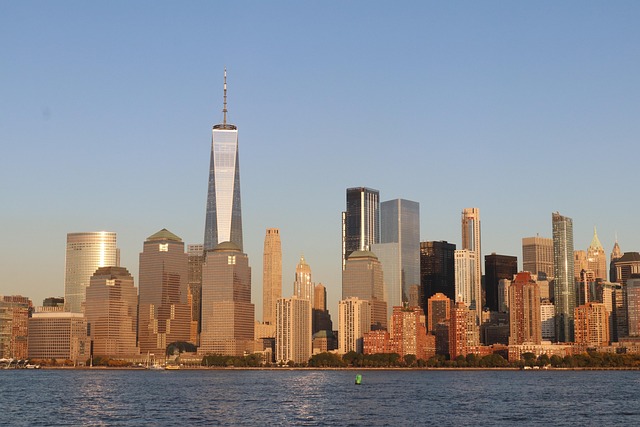
Ancient civilizations like Mesopotamia, Egypt, Greece, and Rome held a deep reverence for perfumes a…….
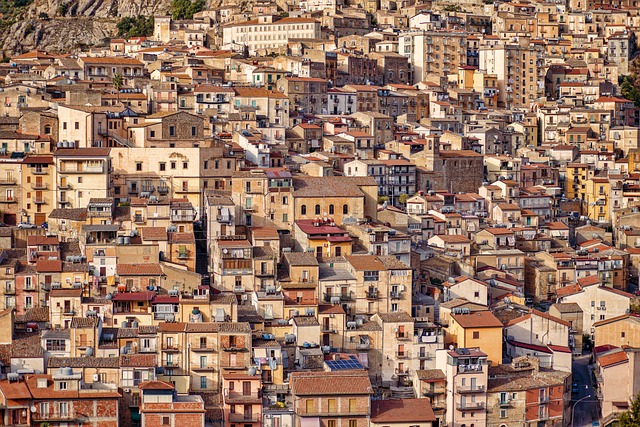
Perfume history spans thousands of years, with ancient civilizations valuing its ceremonial, medicin…….
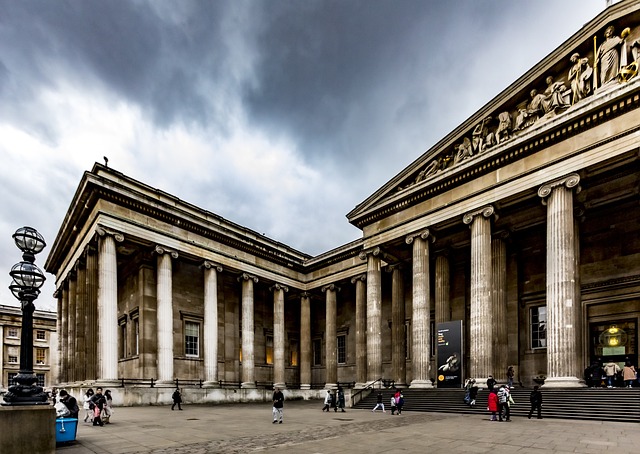
The art of perfumery has an ancient origin dating back to early Egyptian, Greek, and Roman civilizat…….
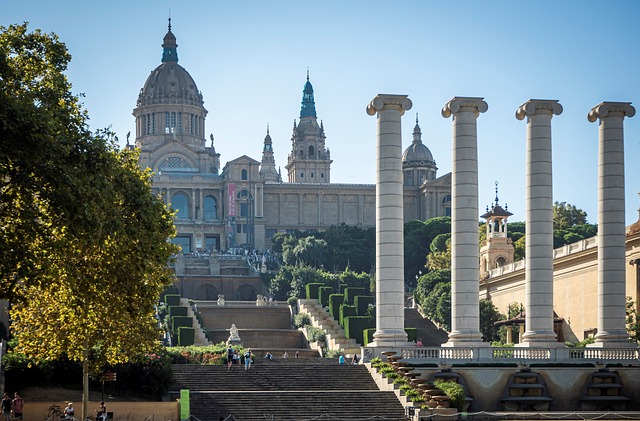
From ancient Egypt to Medieval Europe, perfume history is a captivating tapestry woven with aromatic…….
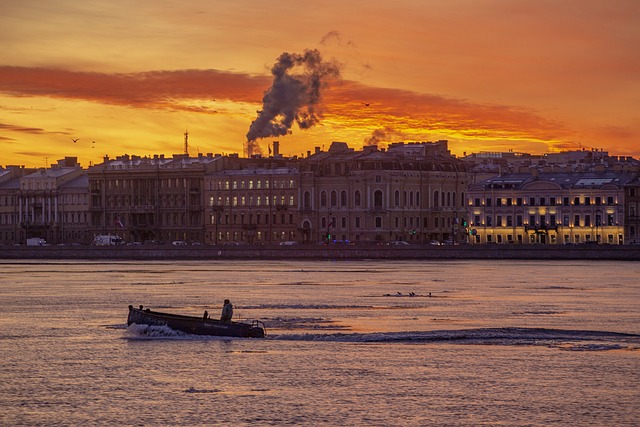
Perfume history has evolved dramatically over centuries, reflecting cultural shifts and technologica…….
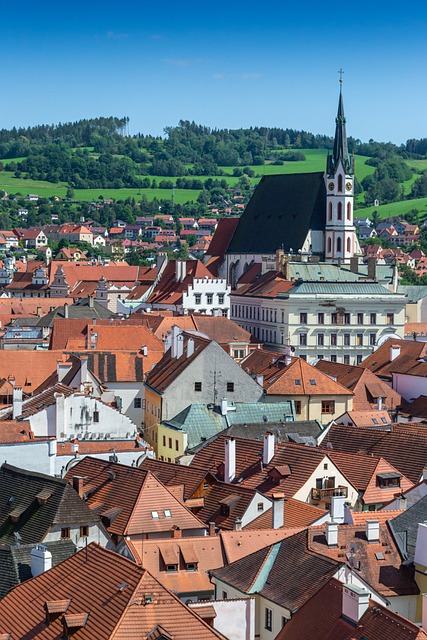
Ancient Origins of Perfume: A Historical PerspectiveMedieval and Renaissance: The Rise of Perfumerie…….